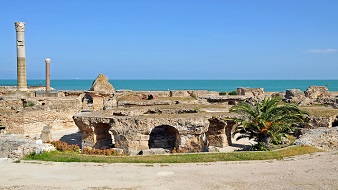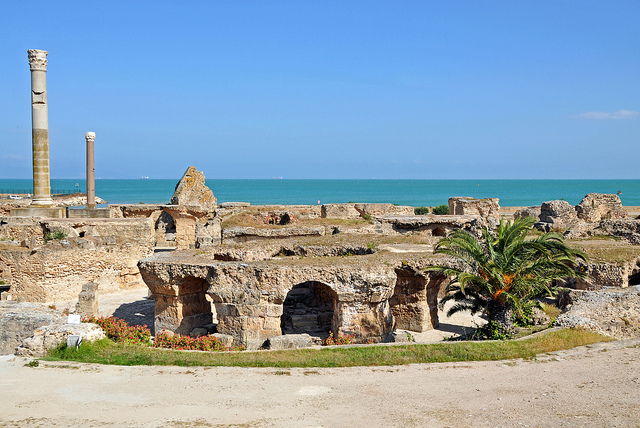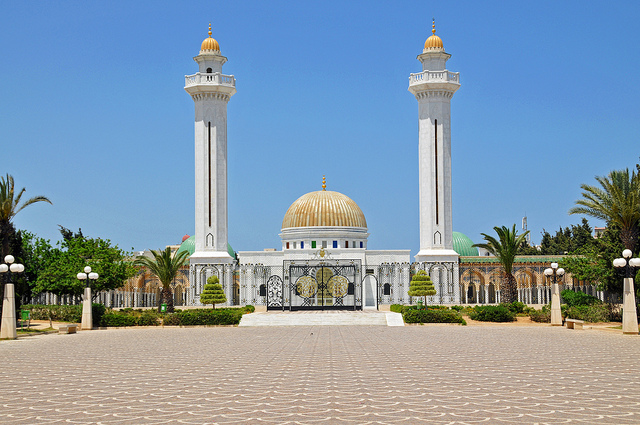
Tunisia through time
Tunisia may be compact, but what it lacks in square meters it makes up for in diverse landscapes, fascinating culture and fantastic resorts, hotels, shops and restaurants.
Tunisia holidays can be anything from sun soaked vacations on stunning Mediterranean beaches to epic adventures in the breath-taking Saharan landscapes. First Choice flies out to Tunisia throughout the year, so getting there is easier than you might first think.
The North African country’s history makes it a fascinating destination for all variety of tourists who can explore the land’s dynamic past in order to better understand its future.
Early Days
According to early historical documentation, Tunisia was originally inhabited by Berber tribes. As nomadic cultures however, they did not settle in the country, opting instead to move through as was custom for such cultures. The original settlers in Tunisia were the Phoenicians who arrived around the 10th century BC and established the city of Carthage in 814 BC. Carthage today is a monument to this early civilisation, blending the sites of Tunisia’s oldest settlement with the modern amenities available to tourists from around the world.
The Punic Wars
Following a few hundred years of Phoenician rule, The Punic Wars came to Tunisia in the years 218 – 202 BC, the second of which involved Hannibal leading an invasion of Italy which caused turmoil in the Roman Empire. The Romans recovered from the challenges of the invasion and went on to conquer Carthage which was a pivotal event in the country’s history and would ensure that Tunisia was subject to more European influences than African which is prevalent throughout the country and one of the country’s most unique characteristics. The Roman ruins in Tunisia provide a fascinating glimpse into early history and the various cultures of the country’s earliest influences.
Arab Invasion
The Arabs came to invade in the 7th century. They proceeded to seize Carthage in 698 and subsequently several Muslim dynasties came to rule over the next several centuries. It wasn’t until the 12th century that the Normans of Sicily conquered some of the coastal areas of Tunisia, and this period was followed by the Berber Hafsids who brought with them a period of sustained prosperity for the entire country. Muslim influences are prevalent throughout Tunisia from food to art and architecture. These influences help define modern Tunisian culture as the dynamic melting pot that has made it so attractive to visitors.
European Return
In the 17th century Tunisia became part of the Ottoman Empire, which in turn helped the country recover a series of islands that were previously sold to Spain during earlier eras. The 18th century saw the country invaded by the French who eventually dominated for the next 75 years. Tunisia was to remain under French control for the next several decades, gaining independence from its European ruler as recently as 1956.
Tunisia is now a modern independent nation with well preserved artifacts, monuments and settlements from almost every period in the country’s history which visitors can explore in world class museums and in the wider landscapes.
Whether it’s the gorgeous weather, the exciting cultural history or the indulgent resort culture that draws visitors to Tunisia, the myriad influences that have defined this fascinating North African gem are impossible to ignore, and should definitely be explored.
Images by Dennis Jarvis, used under the Creative Commons license.












Tunisians are one of the more fearless peoples in the Muslim world. Their recent elections showed the political extremists that there are limits to what common people will tolerate, in the life of a nation. It looks like a fabulous destination, to boot.